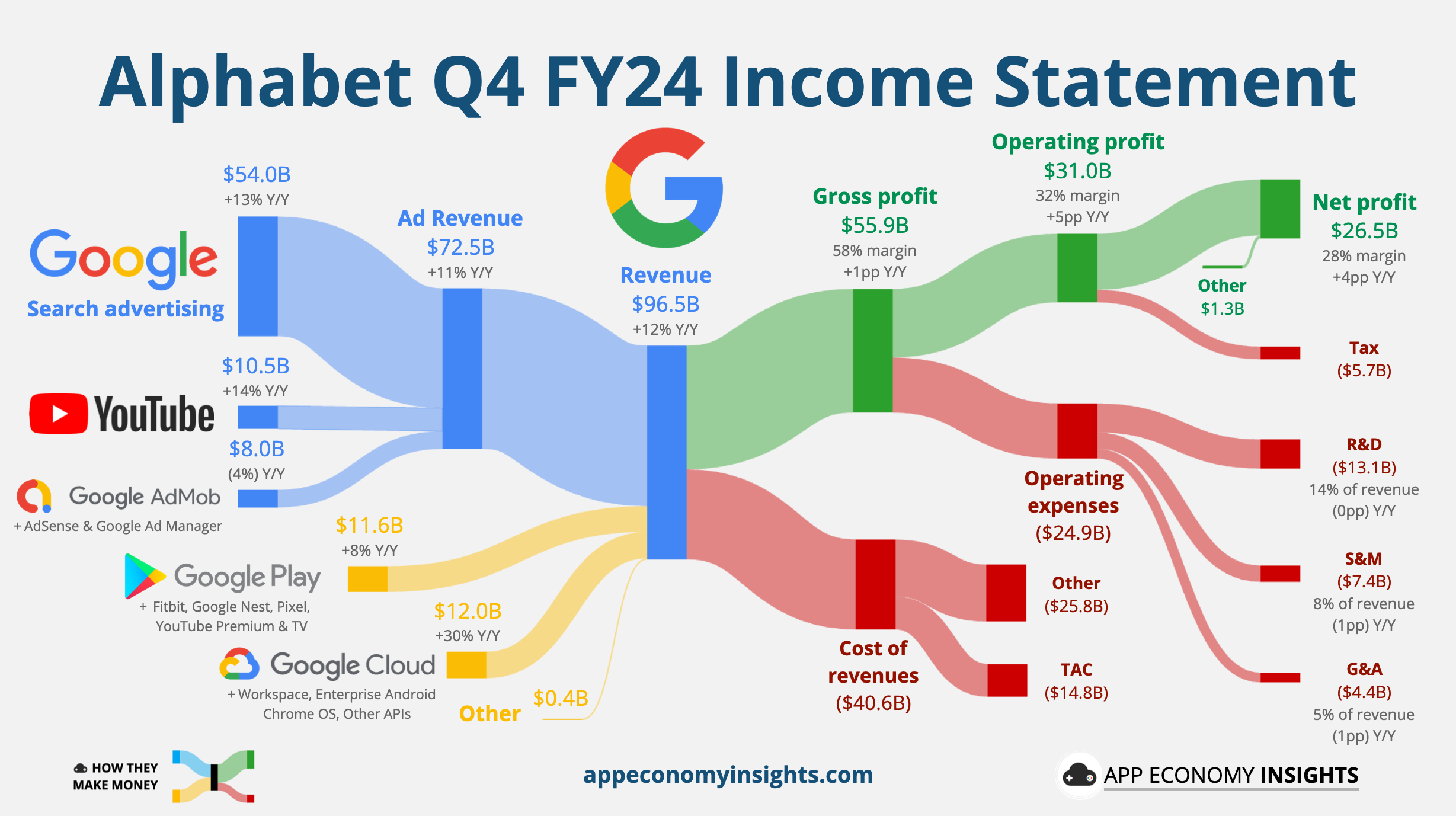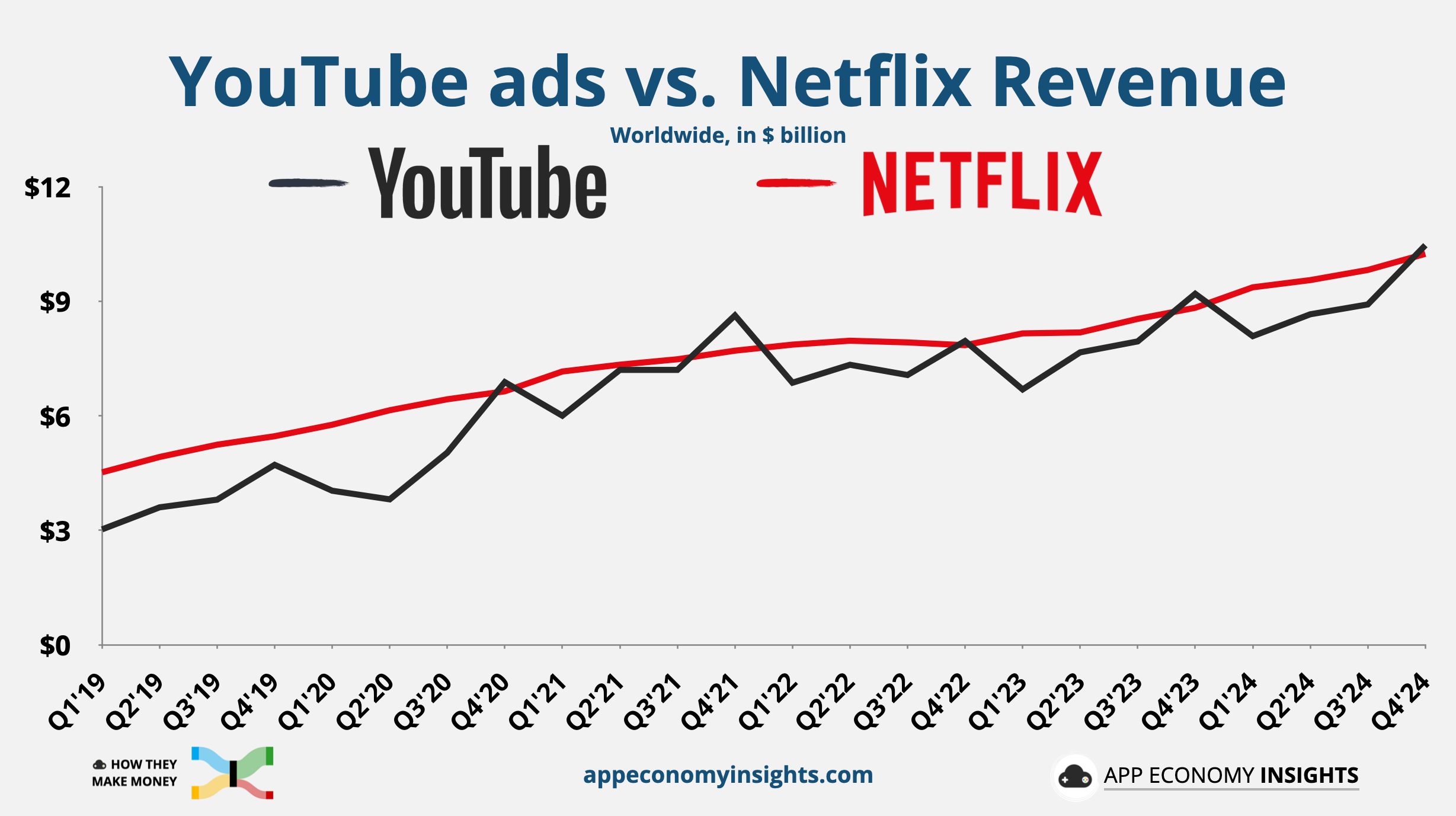In a nutshell: YouTube achieved record-breaking ad revenue in the fourth quarter of 2024, raking in a staggering $10.4 billion from advertisements alone. This astronomical figure, representing a 13.8 percent increase from the previous year, comes amid mounting user dissatisfaction with the platform’s aggressive ad strategy.
YouTube’s advertising model has long been a source of frustration for its vast user base. The platform’s approach to monetization, which often involves interrupting videos with unskippable ads, is seen by many as intrusive and detrimental to the viewing experience.
Despite the discontent, the numbers tell a different story. The platform’s ability to generate revenue seems unaffected by user grumbling. That is largely due to its vast content library, much of which is unique to the platform, and thus the lack of comparable alternatives. This captive audience provides a steady stream of ad viewers, even if they are reluctant ones.
Alphabet CEO Sundar Pichai attributed much of the revenue jump to the 2024 U.S. presidential election. Combined spending on YouTube ads by the Democratic and Republican parties was almost double what they spent in the 2020 election, he said. This political advertising bonanza contributed significantly to YouTube’s coffers, with over 45 million people watching election-related content on the platform on election day alone.
YouTube offers an escape from its ad-laden experience through its Premium subscription service, priced at $14 per month or $140 per year. However, many users balk at the cost, viewing it as an expensive solution to a problem of YouTube’s own making.
Despite user reluctance, YouTube’s subscription revenues – bundled under Google subscriptions, platforms, and devices in its earnings statement – increased from $10.8 billion in Q4 2023 to $11.6 billion in Q4 2024. According to Anat Ashkenazi, Alphabet’s CFO, subscription products are growing primarily due to increased paid subscribers across YouTube TV, YouTube Music Premium, and Google One.
Now, YouTube is betting big on AI to turbocharge its advertising strategies. Philipp Schindler, chief business officer at Alphabet, highlighted the potential of AI in marketing, citing a case study where Petco utilized AI-powered campaigns on YouTube. The company achieved a 275 percent higher return on ad spend and a 74 percent higher click-through rate than its social benchmarks, Schindler reported.
He also noted that Google AI-powered video campaigns on YouTube deliver a 17 percent higher return on advertising spend than manual campaigns, according to Nielsen analysis.
While this may be music to advertisers’ ears, for users, it could mean even more precisely targeted – and potentially more irritating – ad experiences in the future.
Source link

